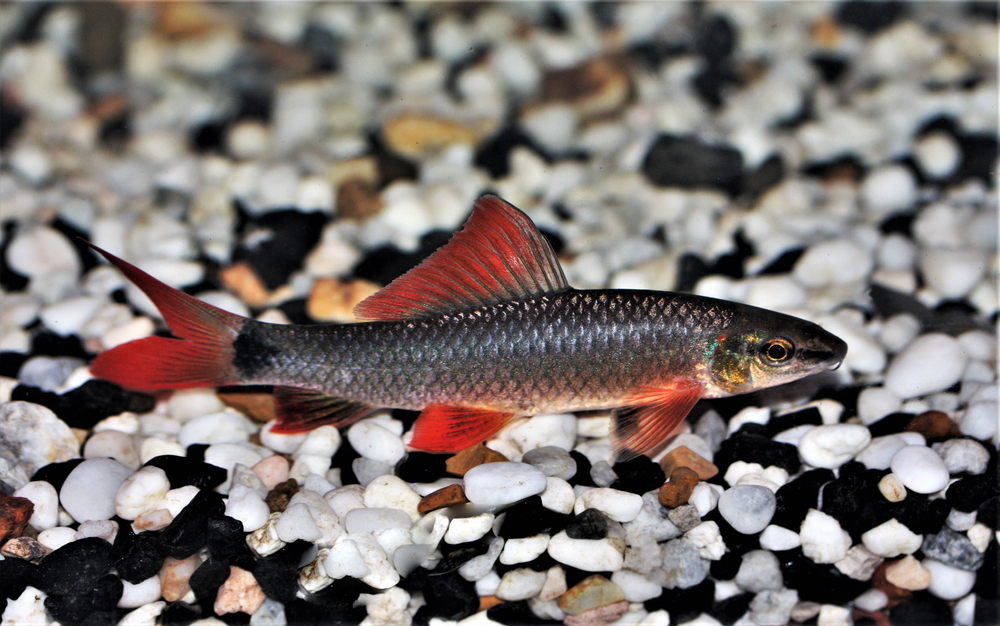Algae eaters are a popular addition to aquariums, thanks to their ability to keep the tank clean by consuming algae.
However, many aquarium owners wonder how long do algae eaters live. The lifespan of an algae eater can vary depending on several factors, including their species, living conditions, and diet.
Understanding the lifespan of algae eaters is crucial for aquarium owners, as it can help them provide the best care for their pets. In this article, we will explore the lifespan of algae eaters and the factors that can affect their longevity.
We will also discuss the ideal living conditions and diet for algae eaters, as well as their compatibility with other tank mates.
Contents
Key Takeaways on How Long Do Algae Eaters Live?
- The lifespan of algae eaters can vary depending on their species, living conditions, and diet.
- Providing the ideal living conditions and diet can help algae eaters live a longer life.
- Algae eaters can be compatible with other tank mates, but it’s important to choose the right species.
Also don’t miss:
Understanding Algae Eaters
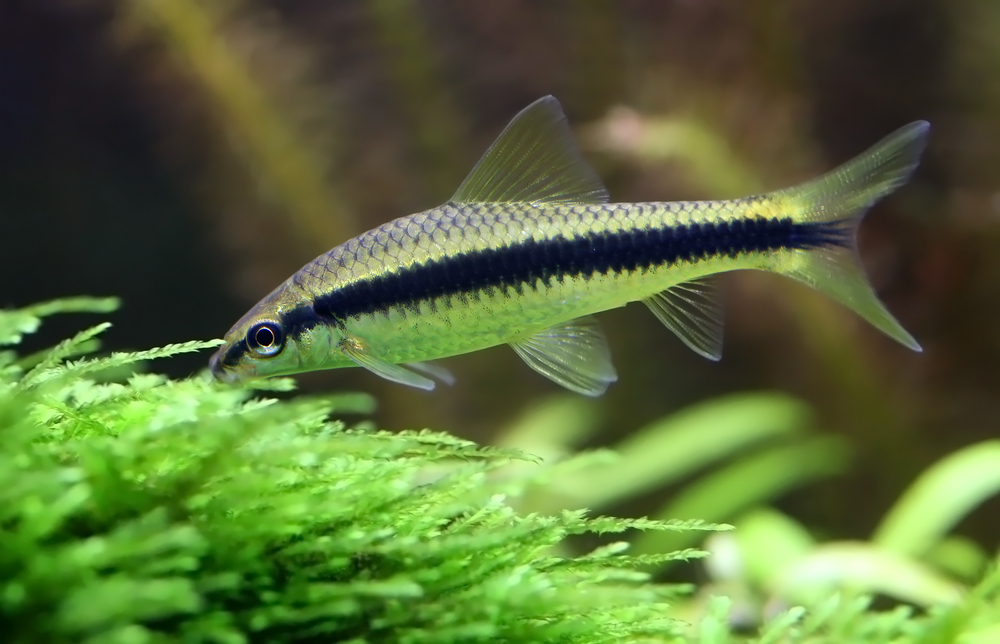
Algae eaters are a type of fish that are commonly kept in aquariums to help control the growth of algae. They are known for their ability to eat various types of algae, including green algae, brown algae, and even black beard algae.
There are several species of algae eaters, each with their own unique characteristics. Some of the most popular species include the Siamese algae eater, the Chinese algae eater, and the plecostomus.
The body of an algae eater can vary greatly depending on the species. Some have a slender, elongated body while others have a more rounded shape. The color of an algae eater can also vary, with some being brown, green, or even black.
In terms of size, algae eaters can range from just a few inches to over a foot in length. It is important to consider the size of your aquarium when choosing an algae eater, as some species can grow quite large.
Types of Algae Eaters
1. Siamese Algae Eater
Siamese Algae Eaters, also known as SAEs, are a popular choice for aquarium enthusiasts. They have a sleek and slender body that is typically black or gray in color.
These algae eaters can grow up to 6 inches in length, making them a good choice for larger aquariums. Siamese Algae Eaters are known for their ability to consume various types of algae, including green spot algae and hair algae.
2. Chinese Algae Eater

Chinese Algae Eaters are another common choice for aquariums. They have a long, slender body that is typically brown or gray in color. These algae eaters can grow up to 10 inches in length, making them a good choice for larger aquariums.
Chinese Algae Eaters are known for their ability to consume various types of algae, but they can also become aggressive towards other fish in the tank.
3. Otocinclus
Otocinclus, also known as dwarf suckers, are a small species of algae eater. They have a rounded body and are typically brown or gray in color.
These algae eaters only grow up to 2 inches in length, making them a good choice for smaller aquariums. Otocinclus are known for their ability to consume various types of algae, including diatoms and green algae.
4. Amano Shrimp
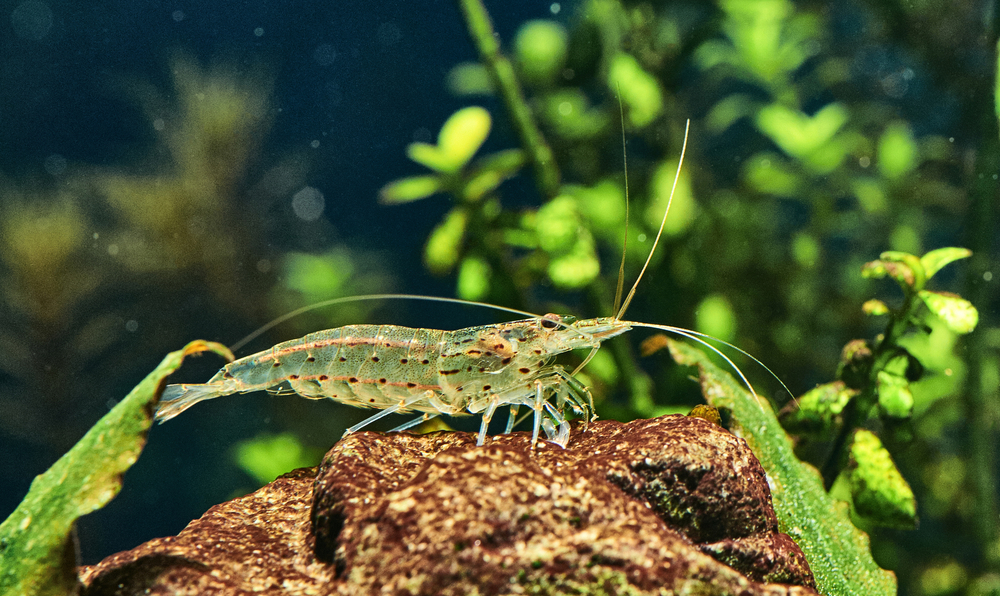
Amano Shrimp are a popular choice for aquariums due to their ability to consume various types of algae, including green spot algae and hair algae.
They have a small, translucent body and can grow up to 2 inches in length. Amano Shrimp are also known for their ability to clean up leftover food in the tank.
Learn more from this related post: How Long Do Amano Shrimp Live?
5. Bristlenose
Bristlenose, also known as bushynose, are a type of catfish that are commonly used as algae eaters. They have a flattened body and a distinct bristle-like appearance on their face.
These algae eaters can grow up to 5 inches in length and are typically brown or gray in color. Bristlenose are known for their ability to consume various types of algae, including green algae and brown algae.
6. Ancistrus
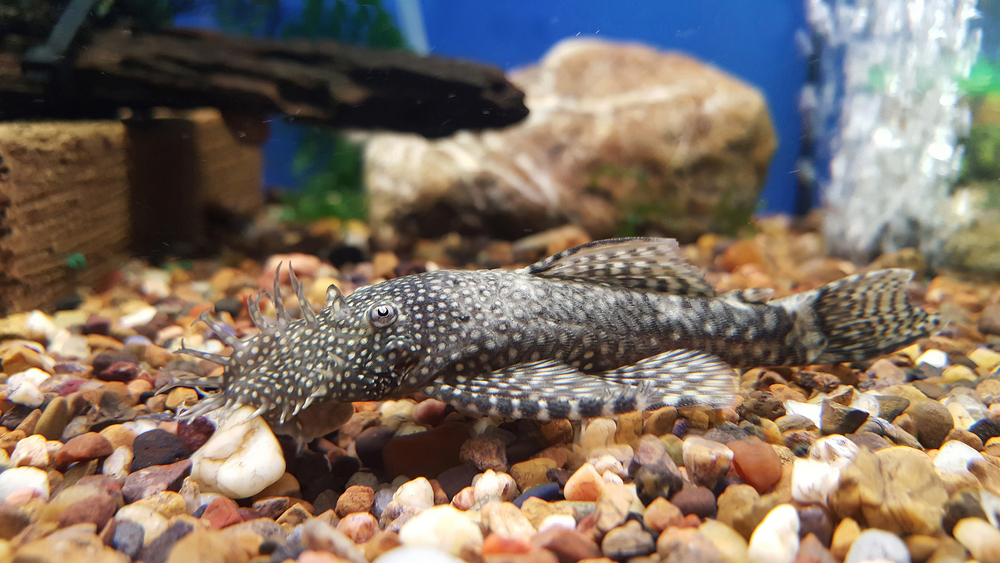
Ancistrus, also known as bristlenose plecos, are another type of catfish commonly used as algae eaters. They have a flattened body and a distinct bristle-like appearance on their face, similar to Bristlenose.
These algae eaters can grow up to 6 inches in length and are typically brown or gray in color. Ancistrus are known for their ability to consume various types of algae, including green algae and brown algae.
7. Plecostomus
Plecostomus, also known as plecos, are a popular choice for aquariums due to their ability to consume various types of algae, including green spot algae and hair algae.
They have a flattened body and can grow up to 2 feet in length, making them a good choice for larger aquariums. Plecostomus are typically brown or gray in color and have a distinct pattern of spots or stripes on their body.
Lifespan of Algae Eaters
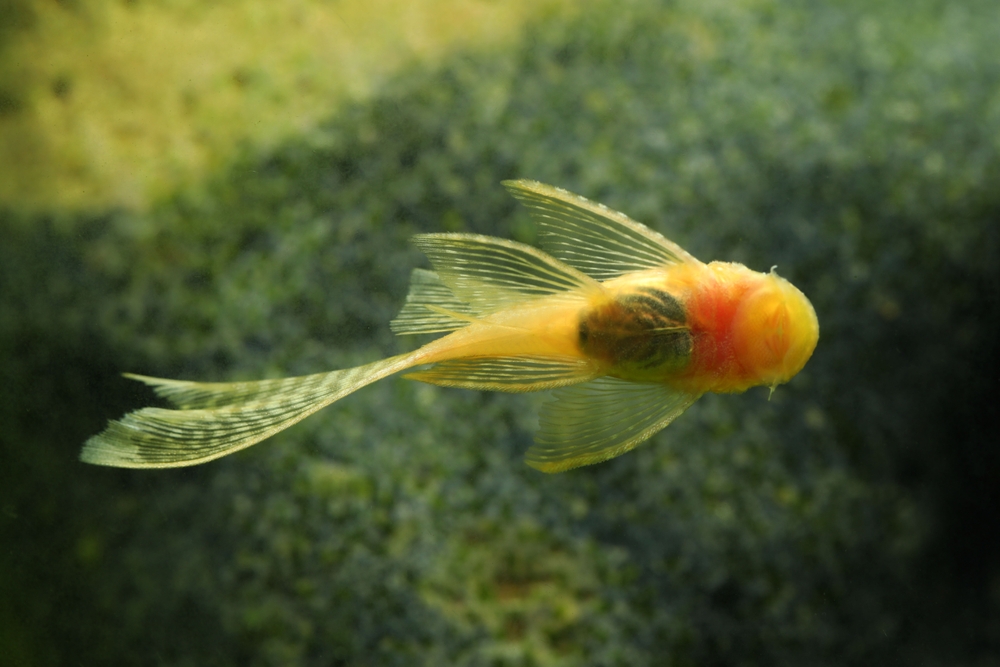
Algae eaters are a popular addition to freshwater aquariums due to their ability to clean up algae and other debris. However, their lifespan can vary depending on several factors.
In captivity, algae eaters can live anywhere from 3 to 10 years, with some species living even longer. The lifespan of an algae eater can be affected by factors such as water quality, diet, and tank size.
Water quality is crucial for the health and longevity of algae eaters. Poor water quality can lead to stress and disease, which can shorten their lifespan. It is important to maintain clean water by performing regular water changes and keeping the tank well-filtered.
Diet is another factor that can affect the lifespan of algae eaters. A balanced diet that includes algae wafers, fresh vegetables, and protein-rich foods can help keep them healthy and extend their lifespan.
Finally, tank size is also important for the lifespan of algae eaters. Overcrowding can lead to stress and disease, which can shorten their lifespan. It is recommended to provide at least 20 gallons of water per algae eater to ensure they have enough space to swim and thrive.
Ideal Living Conditions
1. Aquarium Setup
Algae eaters require a well-established aquarium with plenty of hiding spots and suitable substrate. The aquarium should be at least 20 gallons in size and have a secure lid to prevent escape.
A larger tank is recommended for larger species of algae eaters. The aquarium should also have a proper filtration system to maintain water quality.
2. Water Quality

Water quality is crucial for the health and longevity of algae eaters. The water should be kept clean and free from toxins.
The pH level should be between 6.5 and 7.5, and the water hardness should be between 5 and 12 dKH. Regular water changes should be performed to maintain optimal water quality.
3. Temperature
The temperature of the aquarium should be maintained between 72°F and 82°F. Algae eaters are sensitive to temperature changes, so it is important to keep the temperature stable.
4. Hiding Spots
Algae eaters require hiding spots to feel secure and reduce stress. The aquarium should have plenty of hiding spots, such as rocks, caves, and plants. Decorations such as driftwood and artificial plants can also provide hiding spots.
Diet and Eating Habits
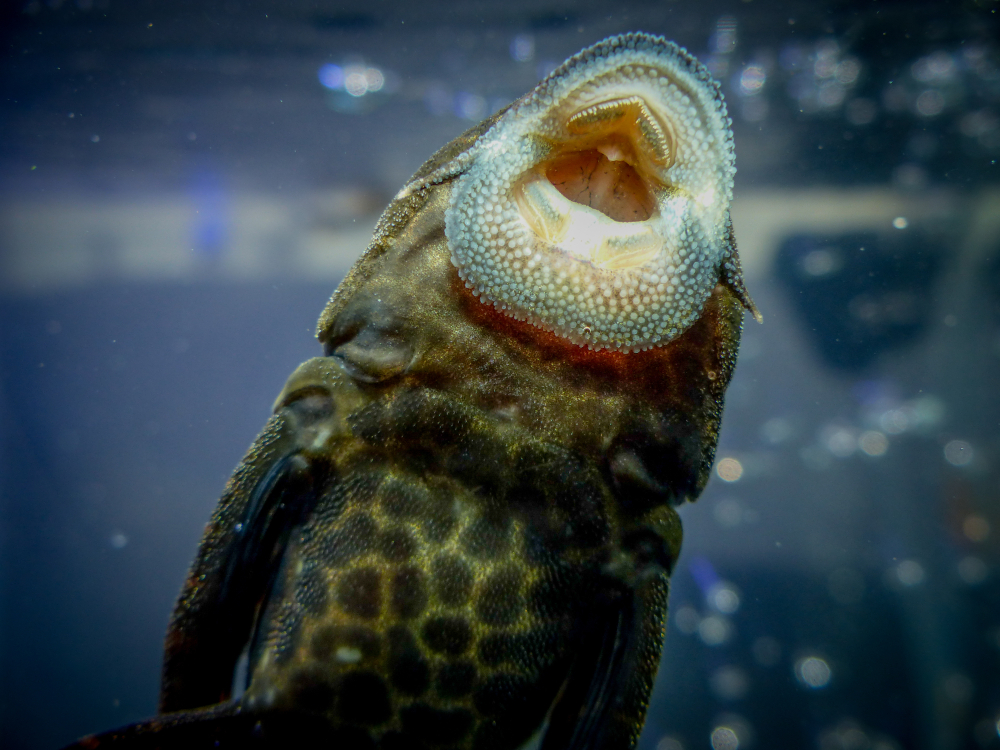
Algae eaters are known for their ability to consume algae and detritus, which makes them a popular choice for aquarium enthusiasts. However, their diet is not limited to just algae and detritus. They are also known to consume other types of food.
In the wild, algae eaters feed on various types of algae, including green algae, blue-green algae, and diatoms. They also consume small invertebrates, such as insect larvae and crustaceans.
In captivity, they can be fed a variety of foods, including algae wafers, vegetables, and live or frozen foods.
It is important to note that algae eaters should not be solely fed algae wafers. While they are an excellent source of nutrition, they should be supplemented with other foods to ensure a balanced diet.
Vegetables, such as zucchini, cucumber, and spinach, can be blanched and fed to algae eaters. They can also be fed live or frozen foods, such as brine shrimp and bloodworms.
Algae eaters are known for their voracious appetite, and they will consume large quantities of food if given the opportunity. However, it is important not to overfeed them, as this can lead to health problems.
A good rule of thumb is to feed them small amounts of food several times a day, rather than one large feeding.
Algae Eaters and Tank Mates
Algae eaters are a popular addition to many aquariums, especially for those who want to keep their tanks clean and free of algae. However, it is important to consider the compatibility of algae eaters with other fish and tank mates.
Some algae eaters, such as the Siamese algae eater and the bristlenose pleco, are peaceful and can coexist with a variety of other fish. However, other algae eaters, such as the Chinese algae eater, can be aggressive and may not be suitable for a community tank.
When selecting tank mates for algae eaters, it is important to consider the size and temperament of the other fish. Peaceful tropical fish, such as neon tetras and guppies, can make good tank mates for algae eaters. However, larger and more aggressive fish may not be suitable.
In addition to fish, some algae eaters can also coexist with other aquatic creatures such as shrimp, catfish, and snails. However, it is important to research the specific species of algae eater and the compatibility with other tank mates before adding them to your aquarium.
Health and Disease
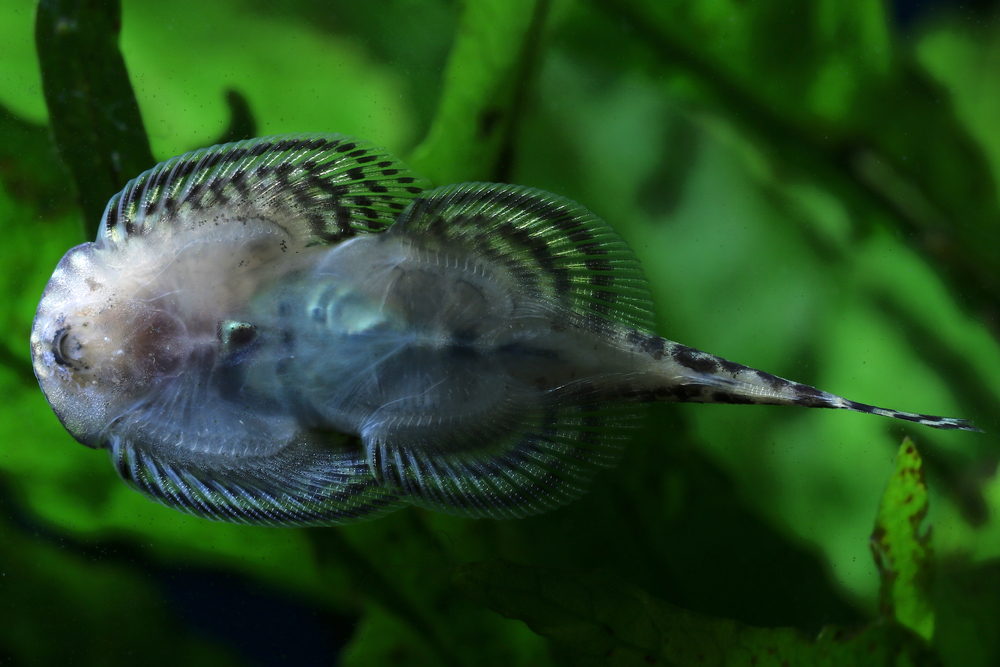
Algae eaters are generally hardy fish, but they can still be affected by health issues. It is important to keep an eye on your algae eater’s behavior and appearance to catch any potential issues early on.
One common problem that algae eaters can experience is ich, also known as white spot disease. This is a parasitic infection that causes white spots to appear on the fish’s body.
It can be treated with medication, but it is important to catch it early to prevent it from spreading to other fish in the tank.
Stress can also be a problem for algae eaters. They can become stressed if they are kept in a tank that is too small or if there are too many fish in the tank. Signs of stress can include loss of appetite, lethargy, and a weakened immune system.
Poor water conditions can also lead to health issues for algae eaters. Ammonia buildup in the tank can cause stress and illness, so it is important to monitor ammonia levels and perform regular water changes to keep the tank clean.
Breeding Algae Eaters
Breeding algae eaters can be a challenging task. These fish are not easy to breed, and it requires a lot of patience and effort.
Algae eaters are known for their peaceful nature, and they do not show any aggression towards other fish. However, when it comes to breeding, they can become territorial and aggressive towards other algae eaters.
Fully grown algae eaters are required for breeding. The breeding process starts by selecting a pair of healthy and active algae eaters.
It is important to ensure that the pair is compatible and has enough space to breed. The breeding tank should be at least 30 gallons, and it should have plenty of hiding places and plants.
Once the pair is selected, the breeding tank should be set up with a sponge filter and a heater. The temperature should be maintained at around 78°F. The breeding tank should be filled with fresh water, and it should be treated with a dechlorinator.
The breeding process can take a few weeks, and it requires a lot of patience. The female algae eater will lay eggs on the plants or the substrate. The male will then fertilize the eggs. The eggs will hatch in a few days, and the fry will start to swim around.
Breeding algae eaters can be a rewarding experience. However, it requires a lot of effort and patience. It is important to ensure that the breeding tank is set up correctly, and the pair is healthy and compatible. With the right conditions, algae eaters can breed successfully.
Algae Eaters and Their Natural Habitat
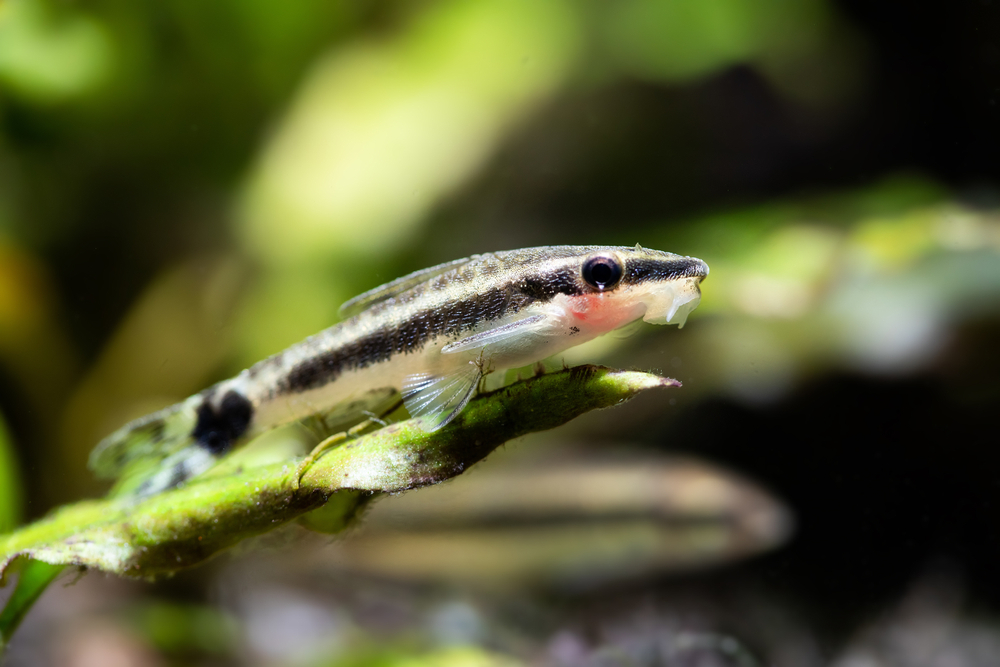
Algae eaters are a popular type of fish that are commonly used to keep aquariums clean. They are known for their ability to consume algae and other organic matter that can accumulate in aquariums over time.
Algae eaters are typically found in the freshwater streams and rivers of Southeast Asia, including countries such as Thailand, Laos, and Vietnam.
In their natural habitat, algae eaters are known to inhabit slow-moving or stagnant bodies of water such as ponds, lakes, and streams. They are often found in areas with dense vegetation, as this provides them with a source of food and shelter.
Algae eaters are also known to inhabit areas with rocky substrates, which provide them with a place to hide and rest.
In the wild, algae eaters are known to consume a variety of different types of algae, including green algae, blue-green algae, and diatoms. They are also known to consume other types of organic matter, such as dead plant material and small invertebrates.
Overall, the natural habitat of algae eaters is an important factor in their survival and well-being. In order to keep these fish healthy and happy in captivity, it is important to provide them with an environment that is similar to their natural habitat.
This includes providing them with ample vegetation, hiding places, and a varied diet that includes a variety of different types of algae and organic matter.
Frequently Asked Questions
What is the lifespan of an algae eater?
The lifespan of an algae eater varies depending on the species and the care they receive. Most algae eaters live for 5-10 years, but some can live up to 15 years with proper care.
Are algae eaters difficult to keep alive?
Algae eaters are generally easy to care for, but they do have specific requirements. They need a clean and well-maintained tank, a balanced diet, and suitable tank mates. Failure to provide these can lead to health problems and a shorter lifespan.
How can you tell if your algae eater is dying?
Signs of a dying algae eater include lethargy, loss of appetite, unusual behavior, and physical symptoms such as discoloration or lesions. If you notice any of these signs, it’s important to take action to address the issue.
How quickly do algae eaters grow?
The growth rate of algae eaters varies depending on the species and their environment. Generally, they grow slowly and can take several years to reach their full size.
What is the maximum size of a Chinese algae eater?
Chinese algae eaters can grow up to 10 inches in length, making them one of the larger algae eater species. It’s important to provide them with a suitably sized tank to accommodate their growth.
Can Chinese algae eaters coexist with goldfish?
While Chinese algae eaters can coexist with goldfish, it’s important to monitor their behavior and ensure they are not competing for food or exhibiting aggressive behavior towards each other. It’s also important to ensure the tank is large enough to accommodate both species.

Ian Sterling, founder of Fishlab.com, began his aquarium journey over 30 years ago, driven by a deep fascination for fish and their diverse personalities. His website, Fishlab.com, is dedicated to making fishkeeping accessible and enjoyable, offering beginner-friendly guidance, expert insights, and a community for aquarists to connect and share experiences.


